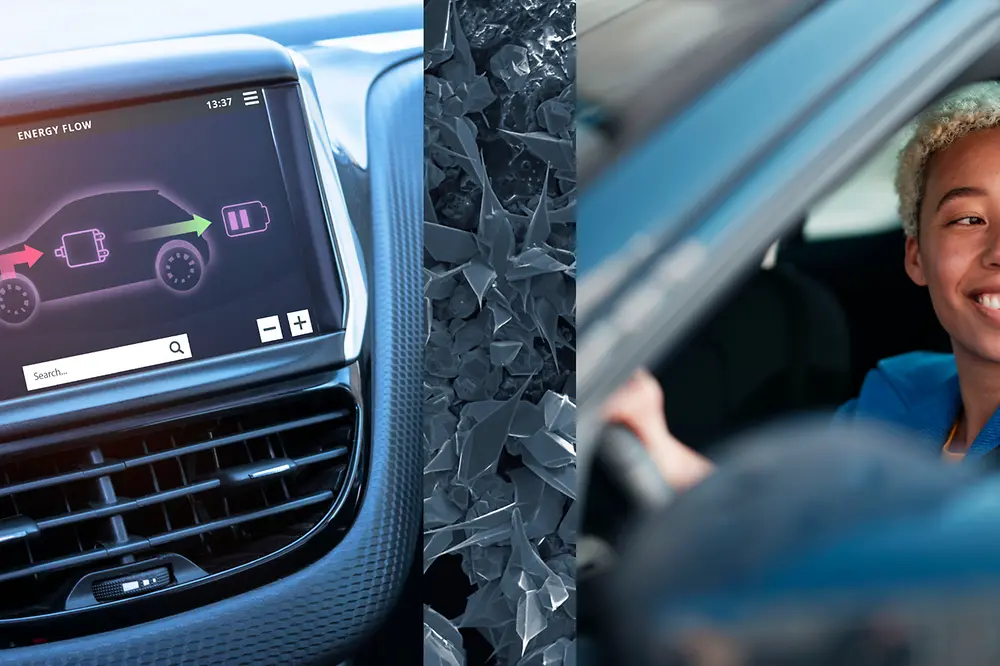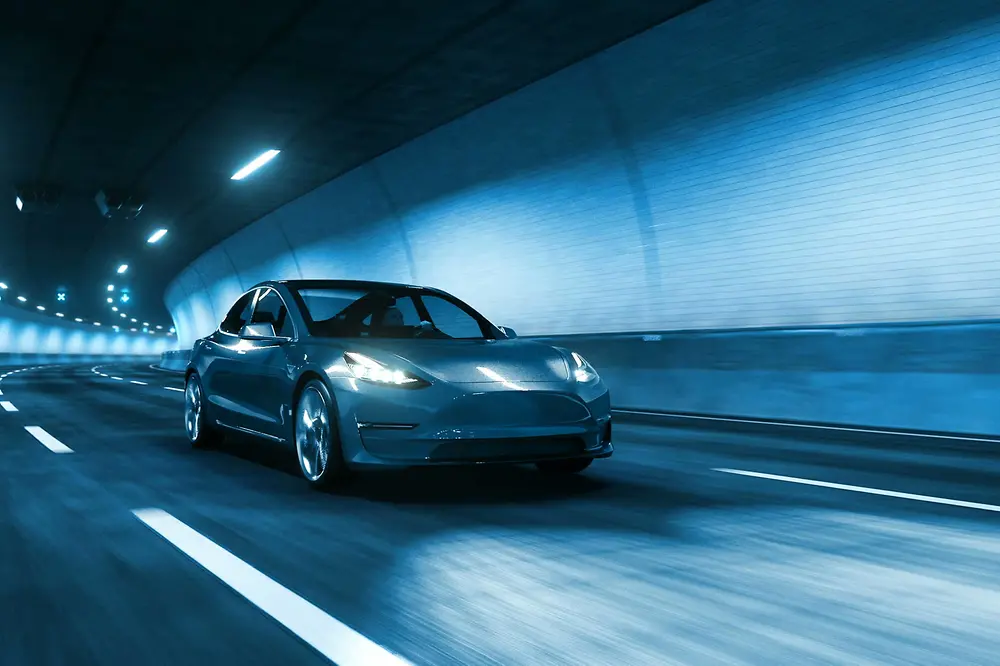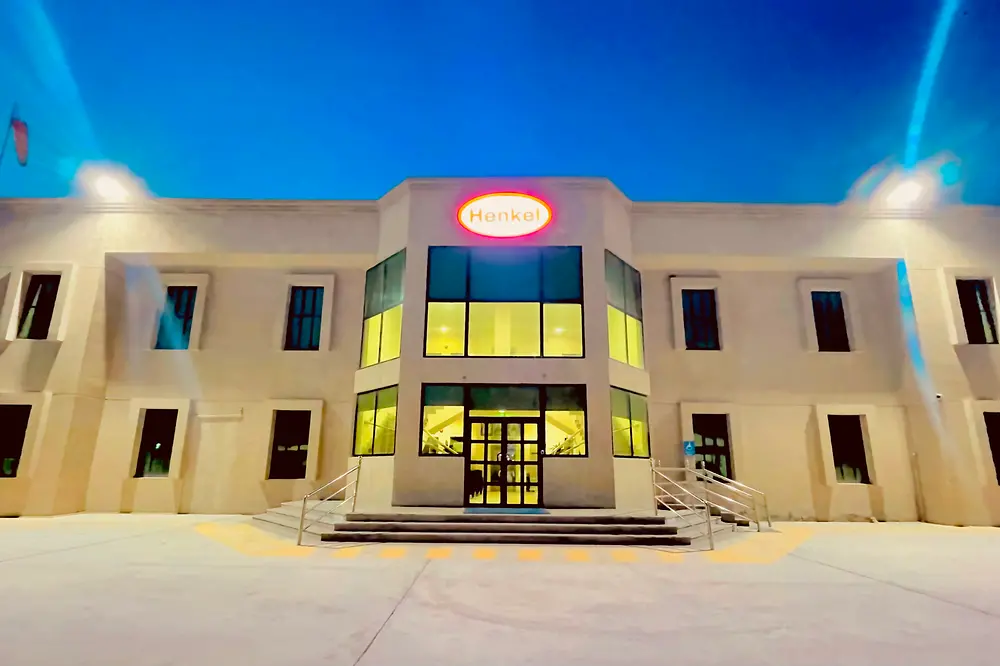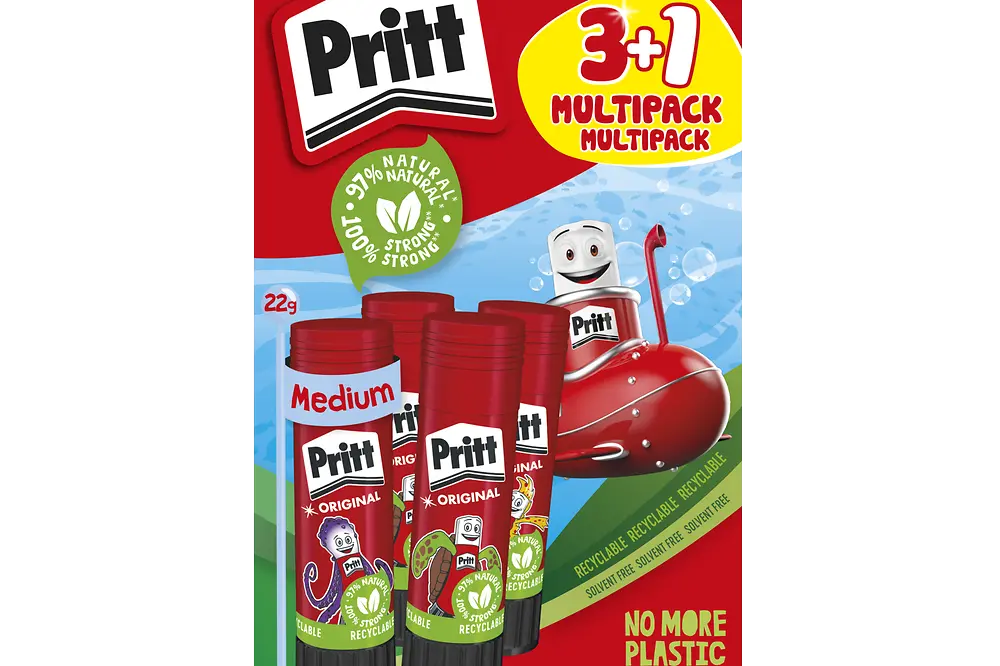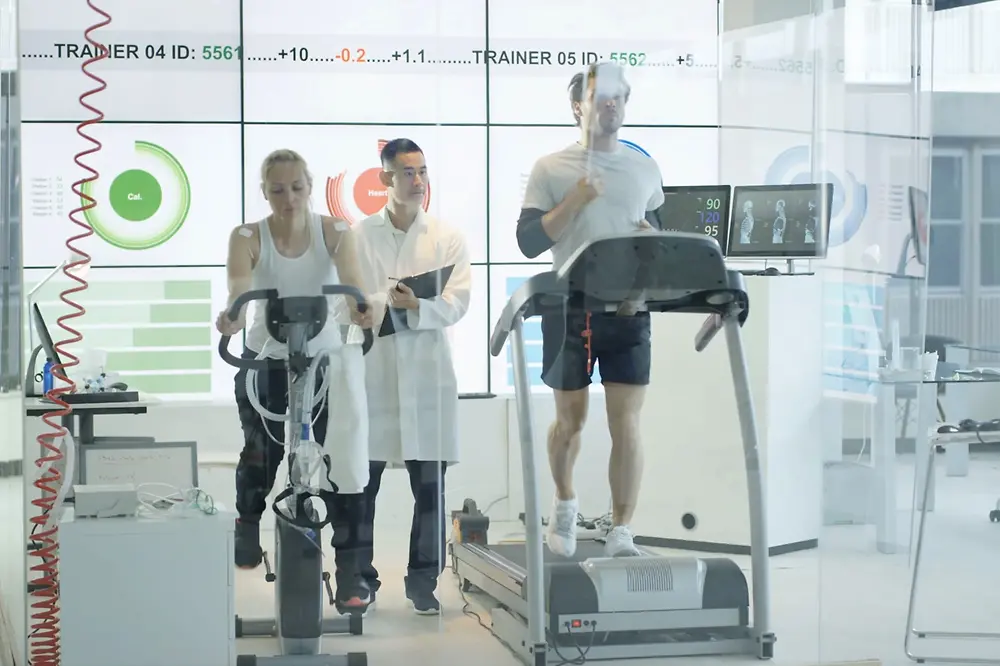Discover the brands and technologies from our business units Henkel Adhesive Technologies and Henkel Consumer Brands.
What do shower gel bottles, soccer cleats and an airplane have in common? Nothing? Think again: Glue is what holds them together. Now, you’re probably saying to yourself: “In sports shoes and cosmetics, sure – but in cars?” In fact, the automotive industry is increasingly replacing metal rivets and screws with adhesives, because modern lightweight construction processes depend on them. Adhesive technologies can work wonders in their industrial applications, which range from meter-high wind turbines, through razor-thin touchscreens and all the way to the inner workings of our smartphones.
Mankind discovered the power of glue early on in its history. The Neanderthals, for instance, used birch tar to make tools. Over time, the effectiveness of adhesives improved and the number of possible applications grew proportionally to the emergence of new technologies.
Henkel arrived in the adhesives business by an accident of history: In reaction to the supply bottlenecks that occurred in the aftermath of the first World War, Hugo Henkel tasked his chemists with developing their own glue for sealing cartons of Persil.
Today, the company is the global market leader and has expanded its activities well beyond conventional glue. Collaborating with various industrial partners, Henkel’s Adhesive Technologies business unit develops high-impact material solutions that act as invisible helpers to make everyday products lighter, smarter and more efficient. Covering sealants and functional coatings in addition to adhesives, the company's technologies support multiple digital applications, contribute to making electromobility a reality and even help to enable food safety.












